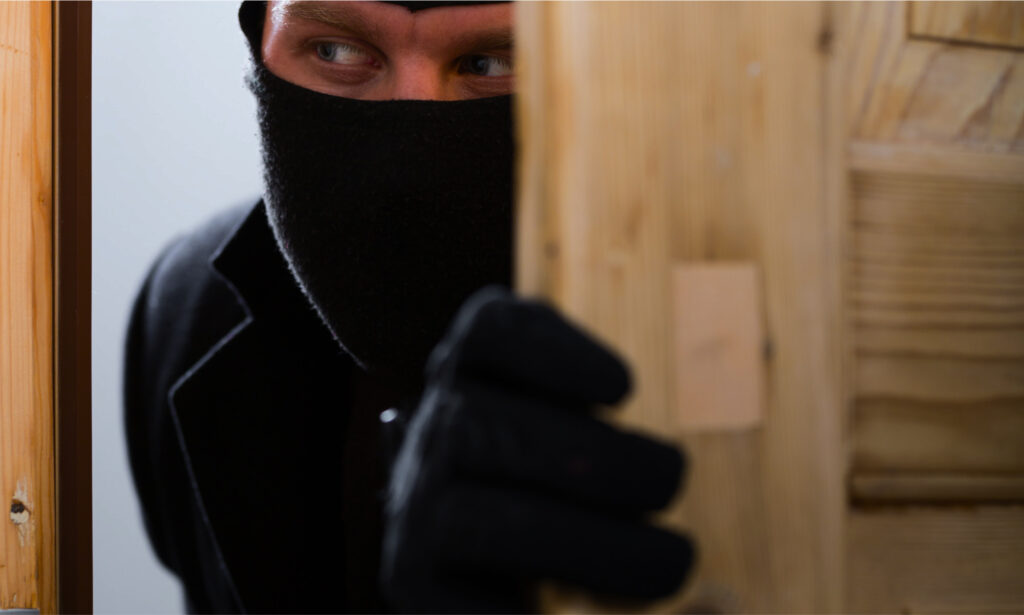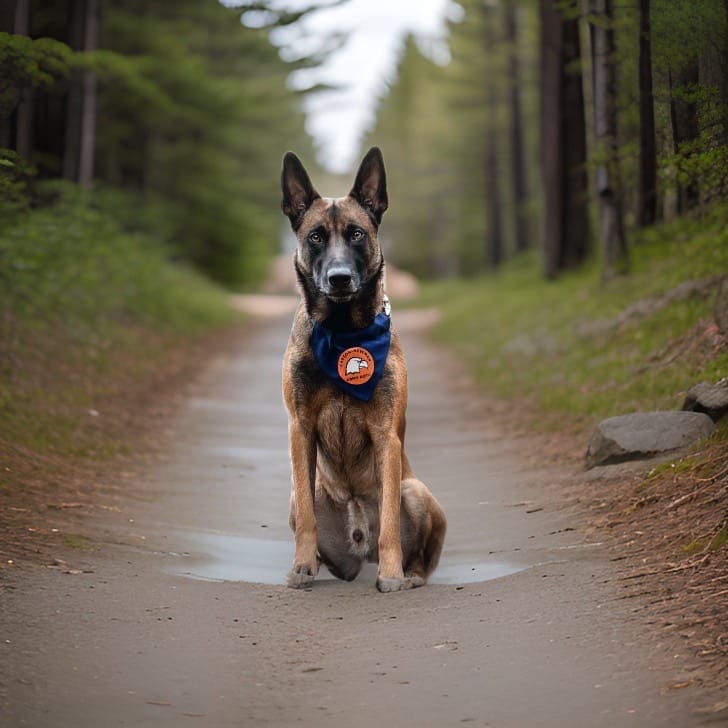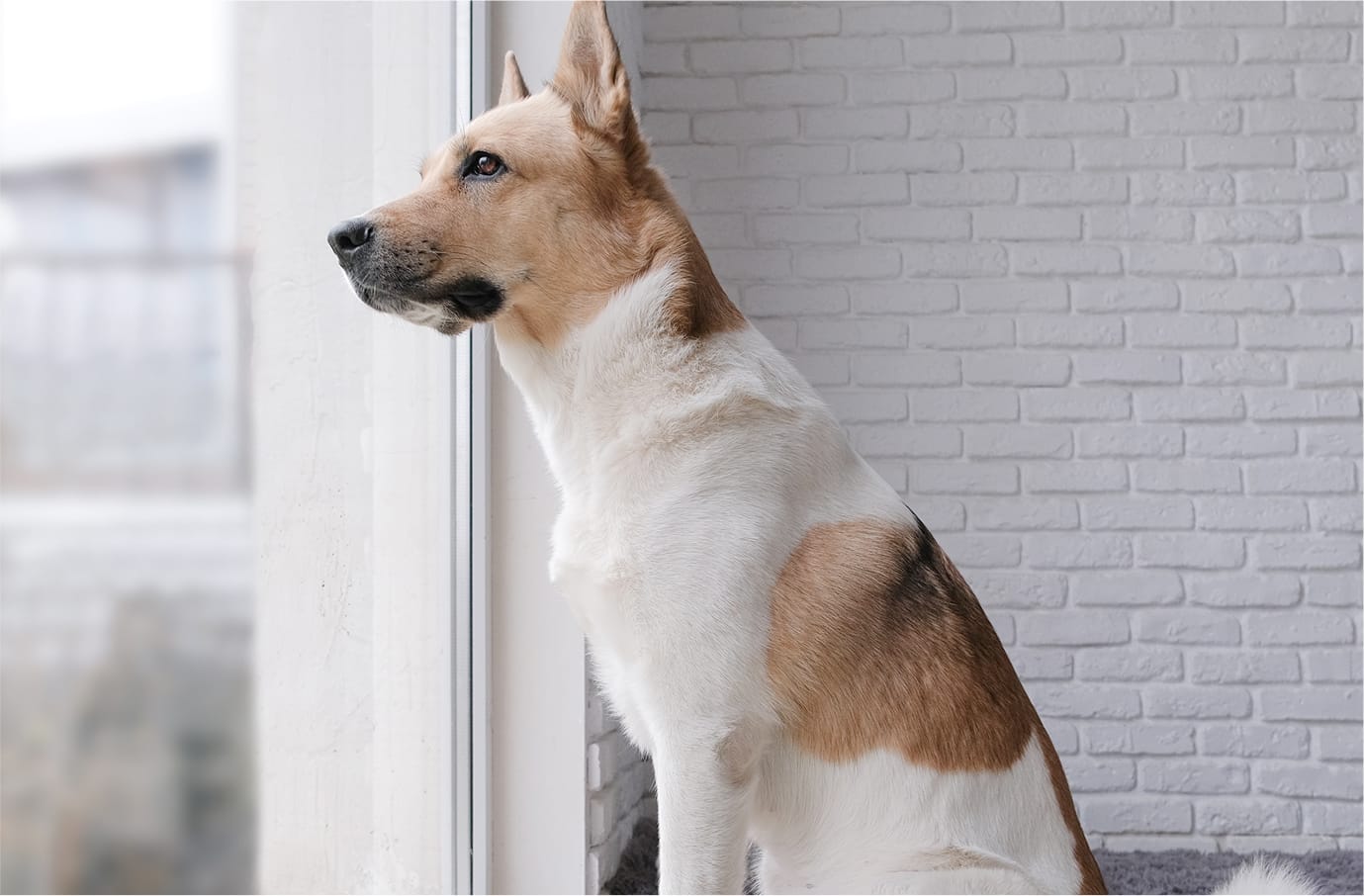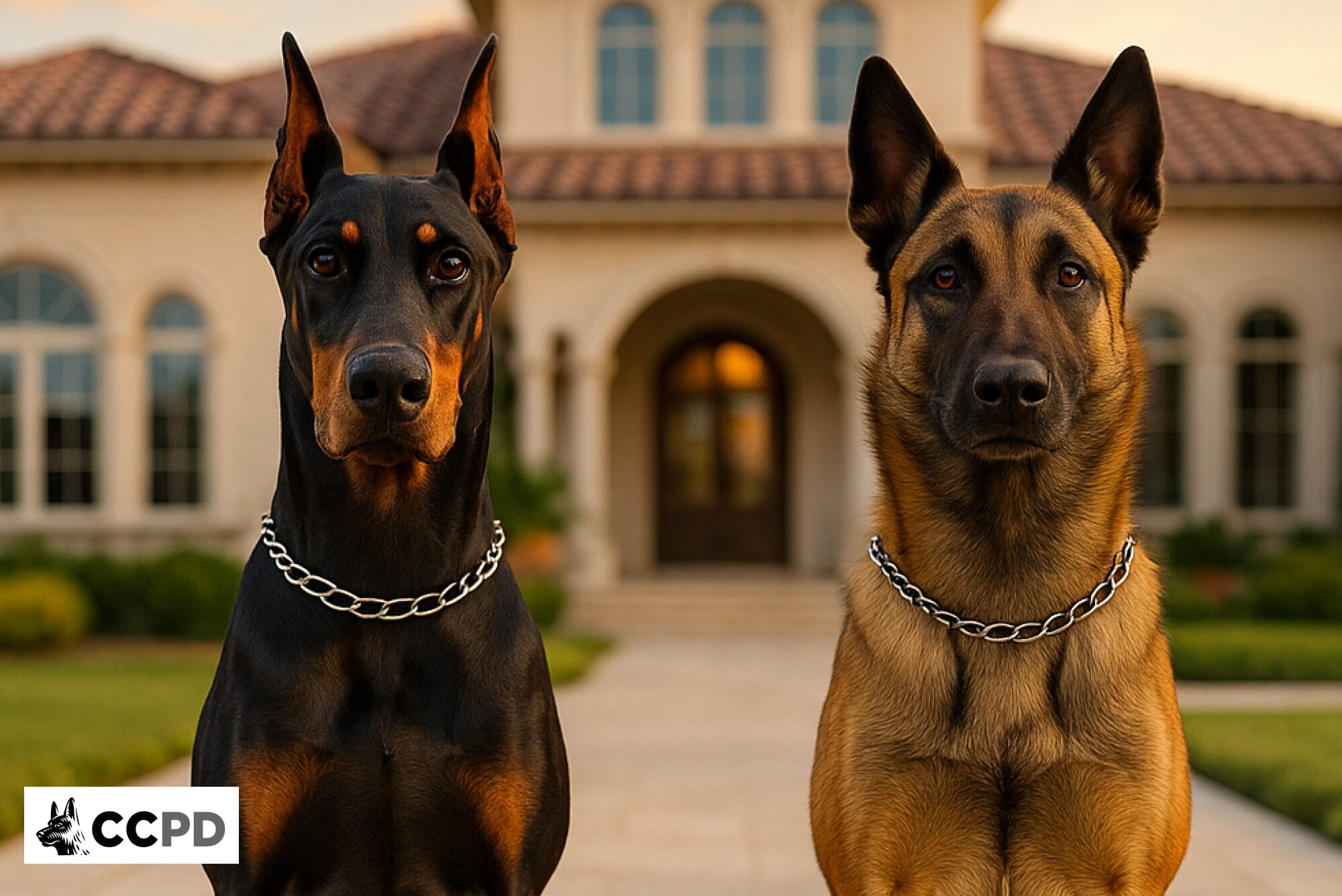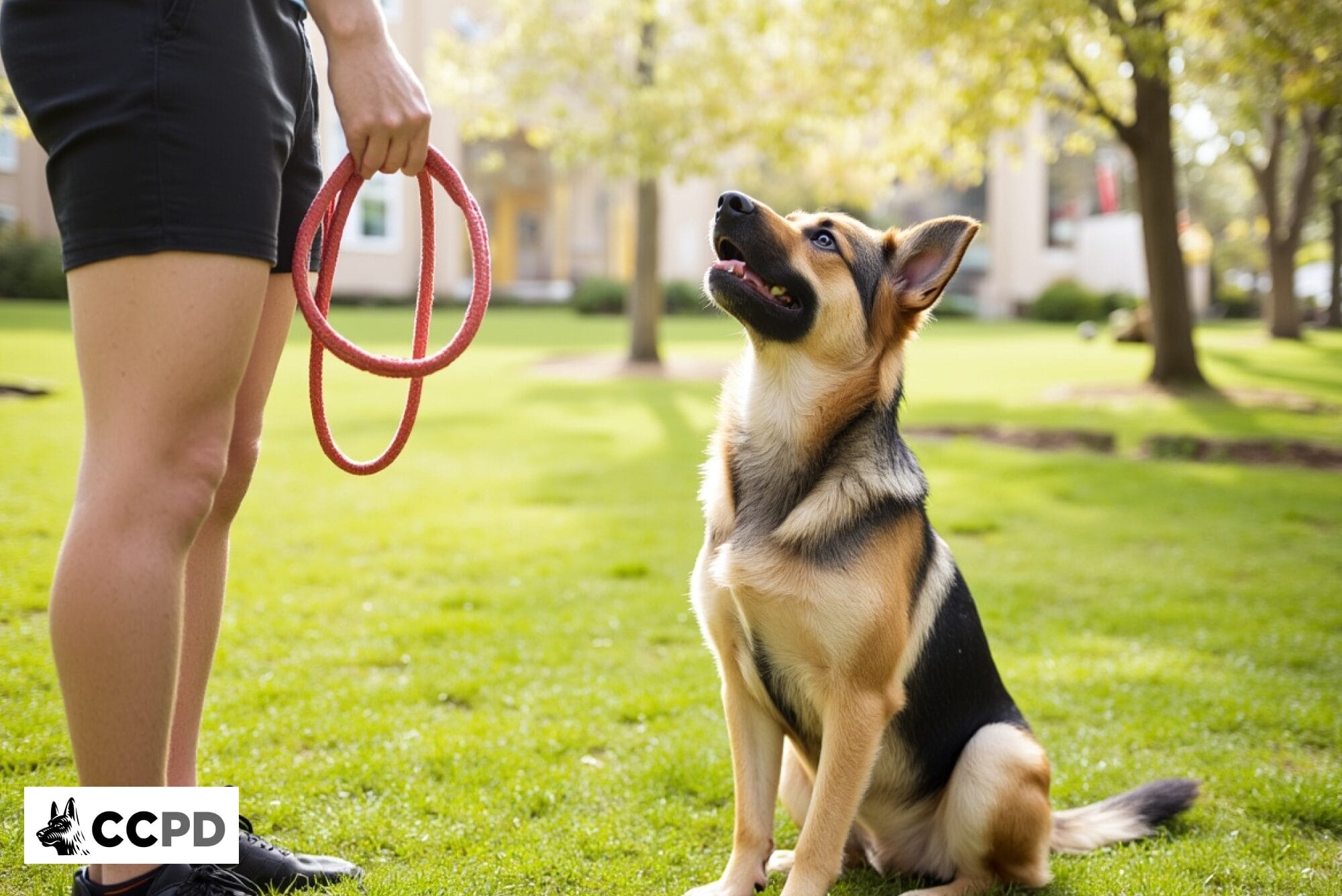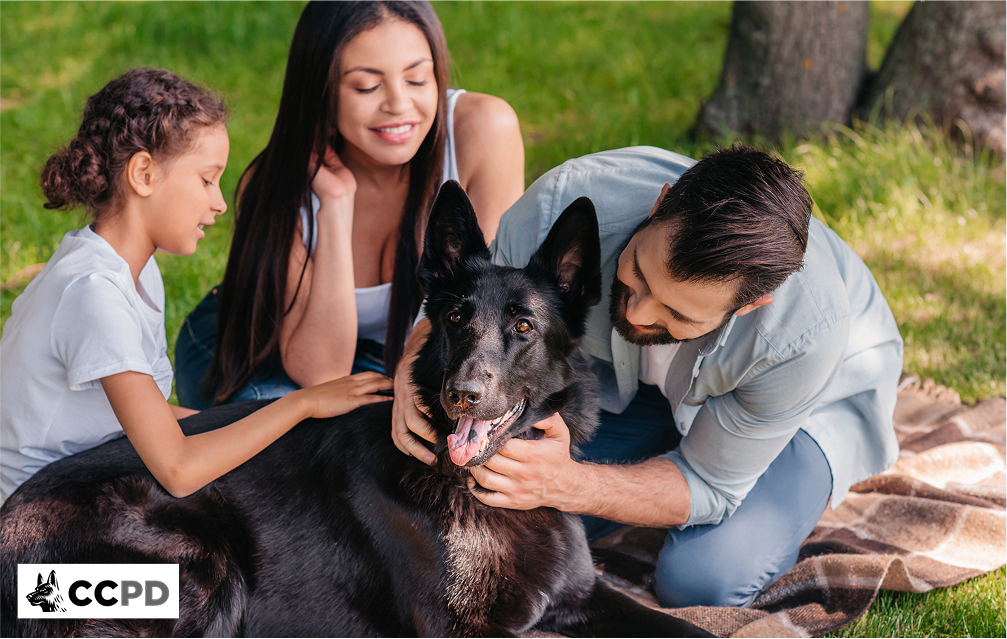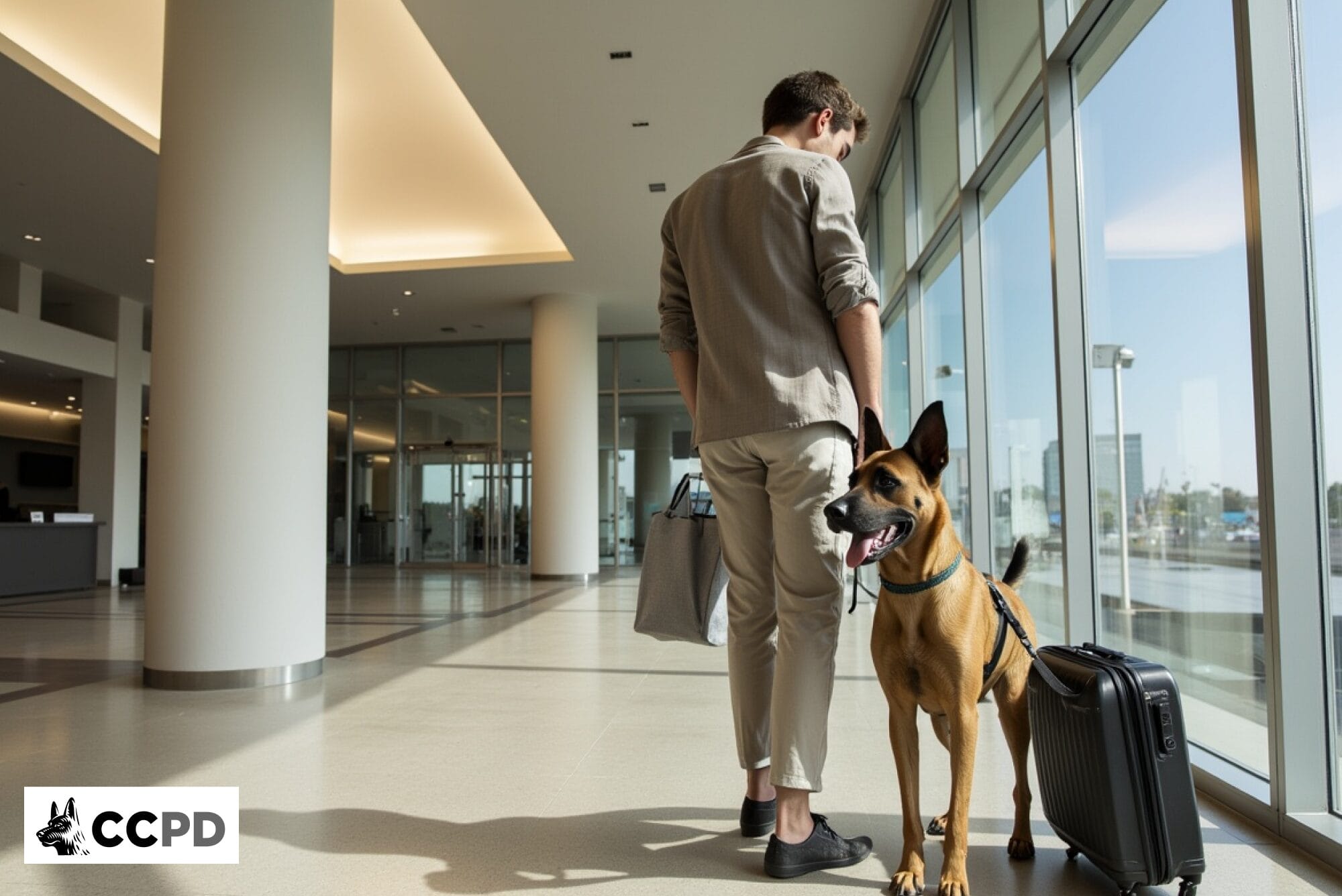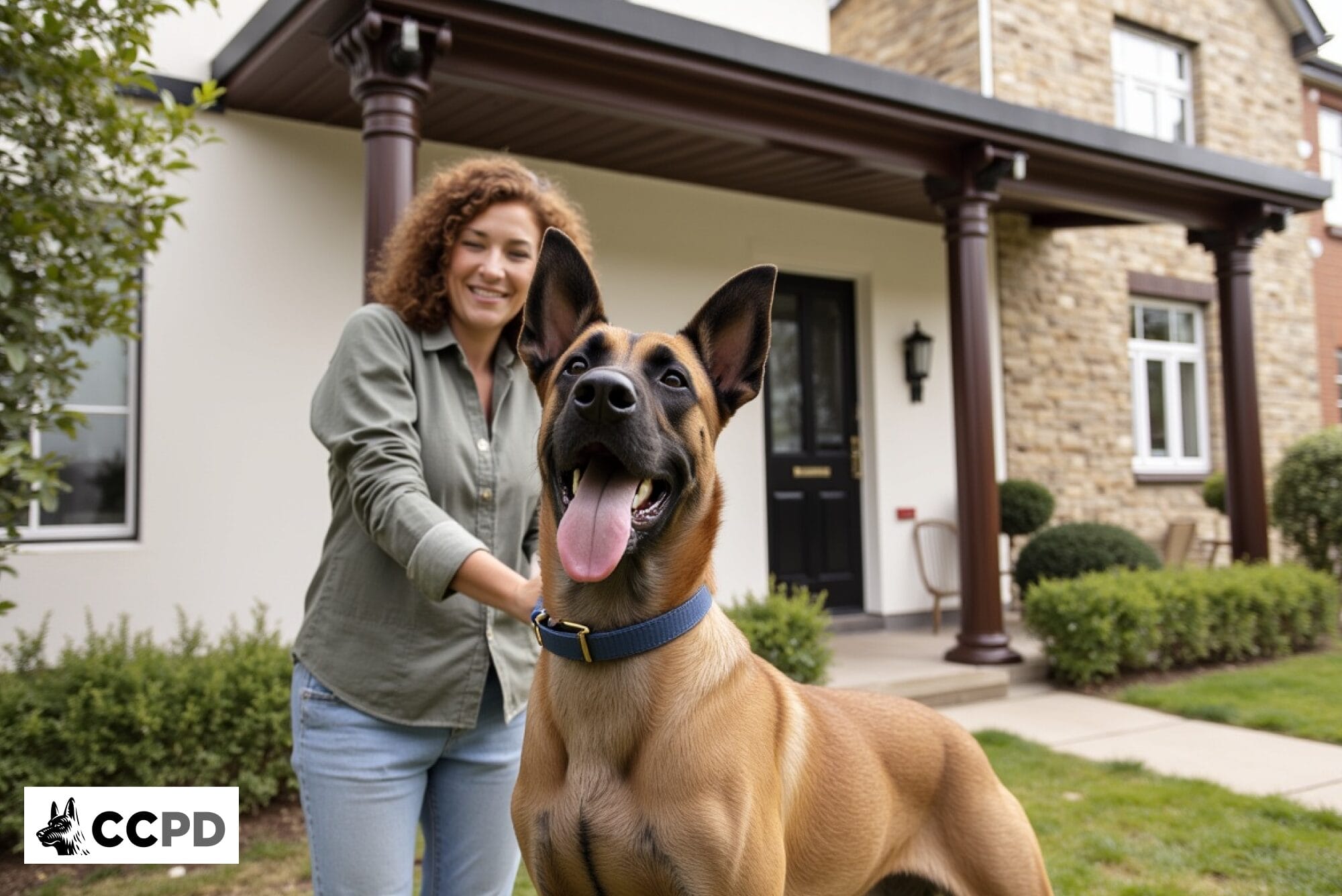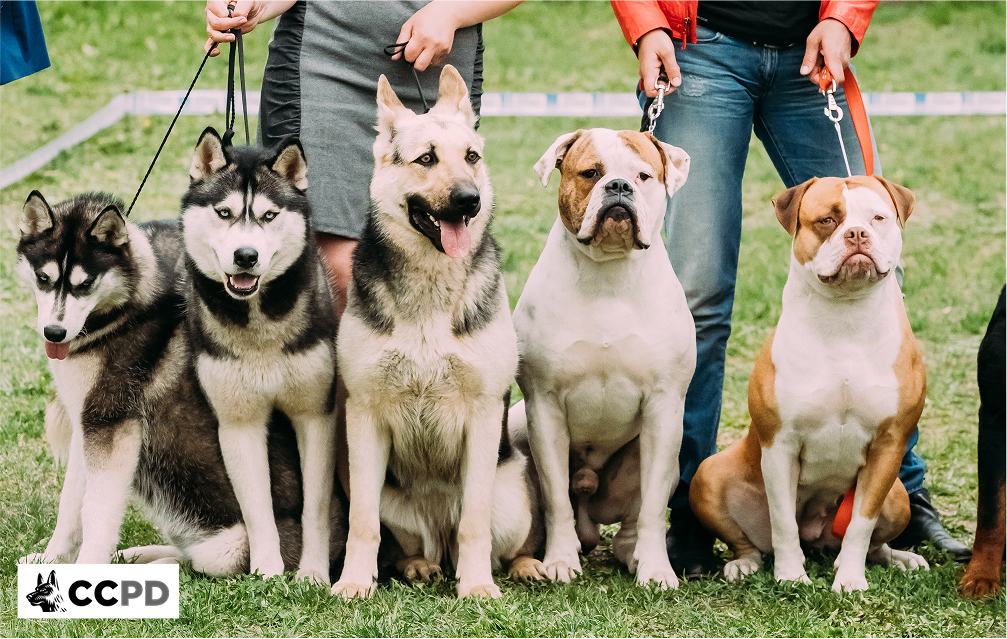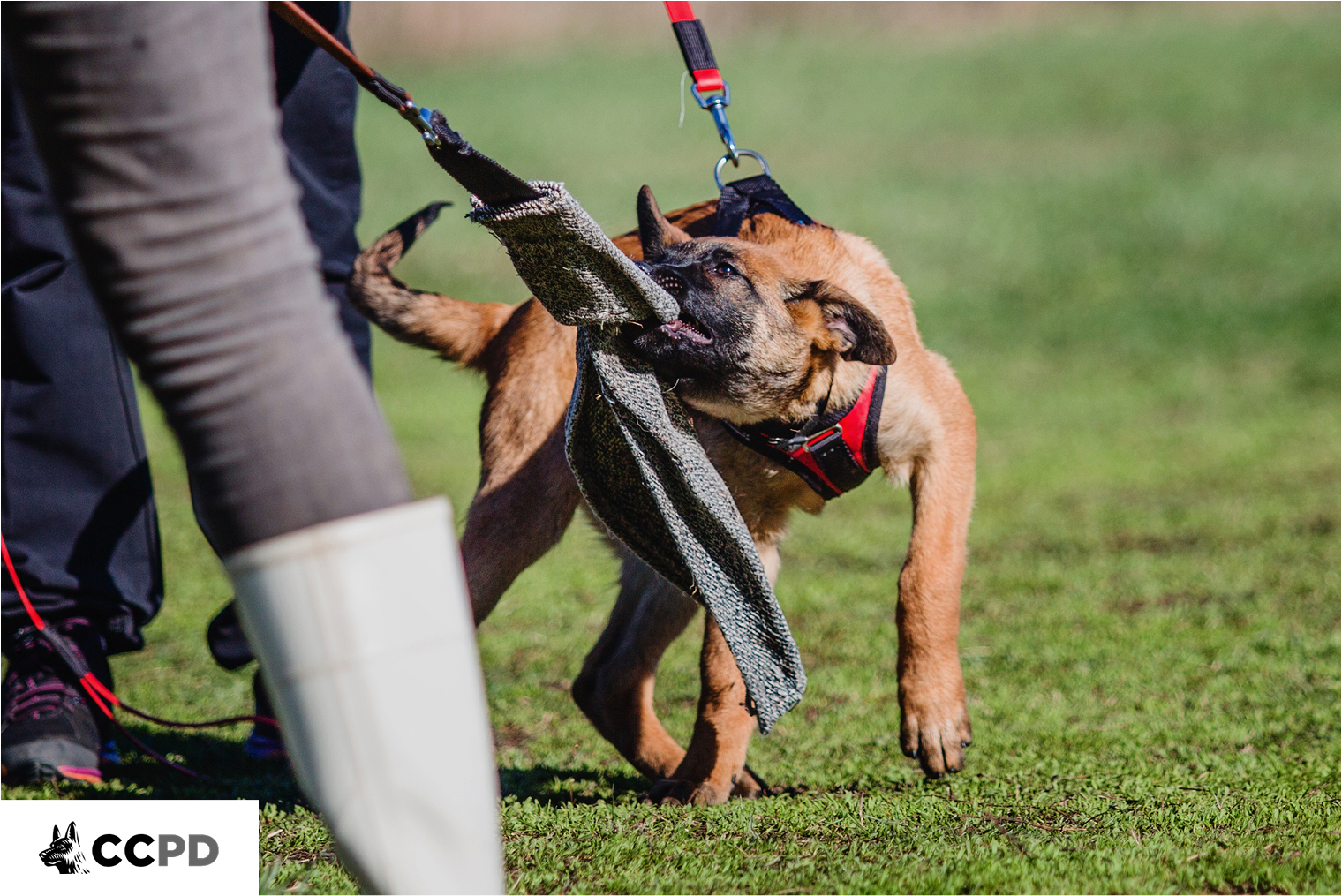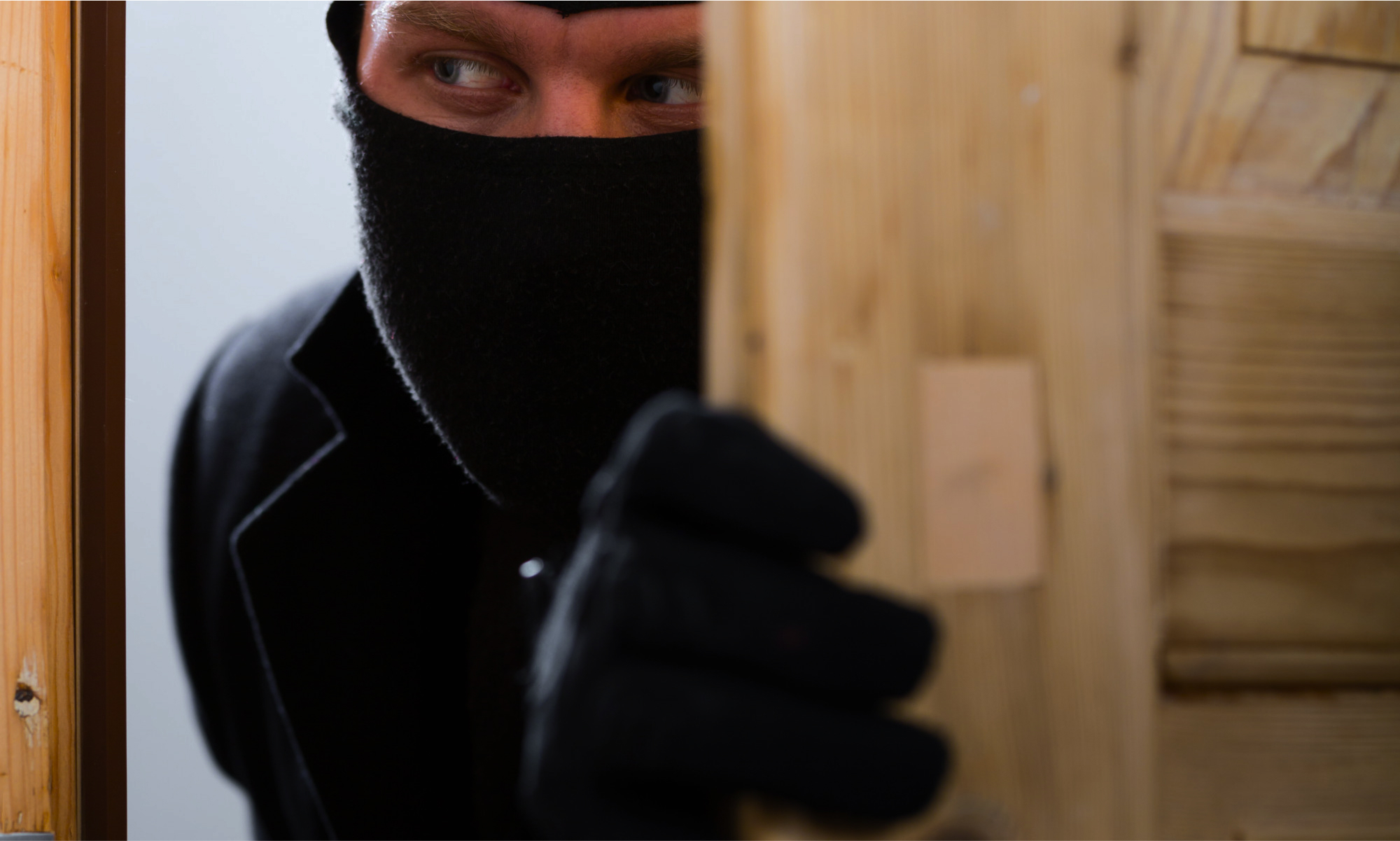Home security remains a top priority for homeowners across the United States. While recent trends show promising decreases in residential burglaries, the risk of home invasions continues to be a legitimate concern.
This article examines the latest statistics on home invasions in U.S for 2025 and explores how protection dogs can serve as a powerful element in your home security strategy.
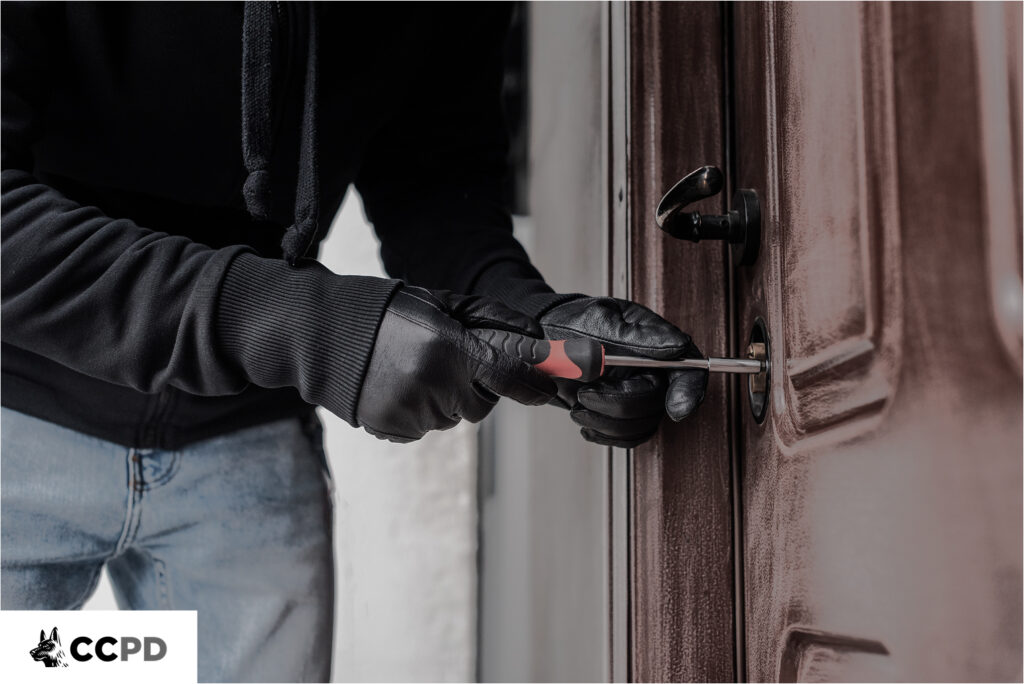
Understanding Home Invasion Trends in 2025
The distinction between burglary and home invasions in u.s is important. While burglary involves unlawful entry into a structure with the intent to commit a felony or theft, home invasions specifically involve occupied residences, creating a higher risk of confrontation and potential violence.
The Encouraging Downward Trend
Current data reveals a continuing downward trajectory in residential burglaries across the United States. Preliminary data from the first half of 2024 indicated a continued decline in reported residential burglaries compared to the same period in 2023, with the 2023 numbers already lower than those in 2022. This trend is projected to continue into 2025.
However, this positive trend doesn’t eliminate the risk entirely. A break-in still occurs approximately every 26 seconds in the United States, highlighting the need for comprehensive home security measures.
American Security Concerns and Behavior
A nationwide survey of 1,500 American homeowners and renters conducted by The Zebra revealed some concerning gaps in home security practices. Nearly half (46.9%) of Americans don’t have any home security system installed. Even more worrying, 17.2% of people admit they don’t lock their front doors while at home, despite front doors being the access point for 34% of burglars.
The survey also found that while 20.2% of people have experienced car break-ins, only 5.8% have had their homes burglarized. This lower rate of home burglaries might explain why many homeowners remain complacent about home security. Interestingly, about 16% of respondents reported choosing their dog specifically for security reasons, recognizing the protective value these animals can provide.
When it comes to security system preferences, external cameras topped the list of most important features (32.3%), followed by motion sensors (28.6%) and floodlights (24.5%). These technologies, combined with the natural deterrent effect of a protection dog, can create a formidable security perimeter around your home.
Geographic Variations in Risk
Your location significantly impacts your vulnerability to home invasions.
- Homes in urban areas are almost three times more likely to be burglarized than those in rural areas
- Regional differences show the South accounting for the largest share of reported burglaries
- State-by-state variations reveal substantial differences in risk levels:
| State | Burglary Rate per 100,000 Residents (2022) |
| New Mexico | 604 |
| Washington | 563 |
| Louisiana | 497.8 |
| Oklahoma | 482.6 |
| Arkansas | 466.4 |
| New Hampshire | 73.5 |
| Virginia | 124.6 |
| Maine | 115.9 |
| Massachusetts | 142.8 |
| New Jersey | 148 |
When and How Home Invasions Occur
Understanding the patterns of home invasions can help you better prepare and protect your home.
- Contrary to popular belief, approximately 65% of home burglaries occur during daytime hours (6 AM to 6 PM), with peak activity between 10 AM and 3 PM.
- Significantly, around 28% of burglaries happen while someone is still inside the house, making them true “home invasions.”
- Common entry points include:
- Front door (34% of burglaries)
- First-floor windows (23% of burglaries)
- Back door (22% of burglaries)
- Alarmingly, about 15% of burglars gain entry through unlocked doors or windows

How Protection Dogs Enhance Home Security
The Deterrent Effect
Protection dogs provide a powerful deterrent to potential intruders. Many convicted burglars report they actively avoid homes with dogs, particularly large and loud breeds. Choosing the best dog breed for home protection can significantly enhance this deterrent effect, especially when the dog’s instincts, size, and training align with your home’s security needs. The reasons are compelling.
- Dogs create unwanted noise through barking, alerting occupants, neighbors, and passersby.
- The mere sight of a dog, especially larger or more imposing breeds, makes burglars think twice.
- Even “Beware of Dog” signs can effectively reduce criminal break-ins.
- The physical presence of a dog suggests home occupancy, making it a less attractive target.
Statistical Evidence of Effectiveness
Research supports the effectiveness of dogs in preventing home invasions in U.S.
- Households with licensed dogs experienced property crime rates 1.71 percentage points lower than households without dogs.
- Neighborhoods with higher concentrations of dog ownership tend to have lower overall crime rates, including robbery, homicide, and aggravated assault.
- The protection extends beyond individual homes to create safer community environments.
Real-World Protection Success Stories
While statistical data provides broad insights, real-world examples demonstrate the practical effectiveness of protection dogs.
- In Vancouver, Washington, a couple credited their dog with protecting them from an armed robber who entered their home—the dog’s unprecedented aggressive barking startled the intruder, potentially preventing further harm.
- Many online forums share stories of dogs alerting homeowners to suspicious activity and causing potential burglars to flee.
- Numerous burglars, when interviewed, have stated that dogs are a “deal breaker,” meaning they would completely avoid homes known to have one.

Protection Dog Training and Selection
Types of Protection Training
Different types of training focus on various aspects of security and can be tailored to a homeowner’s specific needs.
- Basic obedience training forms the foundation for any protection work.
- Alert training teaches dogs to recognize and signal the presence of intruders.
- Personal protection training focuses on defending family members from perceived threats.
- Guard dog training concentrates on protecting property rather than individuals.
Whether you’re looking for a general deterrent or a more specialized form of defense, working with professional trainers who understand the nuances of security work is crucial. Many of the best personal protections dogs receive a combination of these training disciplines, resulting in a well-rounded, highly reliable companion that responds appropriately in high-pressure situations.
Choosing the Right Breed
Not all dogs are equally suited for protection work. known for their protective capabilities:
| Breed | Size | Temperament | Training Needs | Family Suitability |
| German Shepherd | Large | Intelligent | High, consistent, professional recommended | Generally good |
| Belgian Malinois | Large | Energetic, alert, highly trainable, protective | Very high, consistent, professional essential | Best for active families |
| Doberman Pinscher | Large | Courageous, loyal, intelligent, protective | High, consistent, professional recommended | Good with proper training |
| Rottweiler | Large | Confident, courageous, protective | High, consistent, professional essential | Good with proper training |
| Bullmastiff | Large | Courageous, loyal, alert, protective | Moderate, consistent, professional recommended | Good with proper training |
| Boxer | Medium | Keen, alert, patient, protective | Moderate, consistent | Good |
| Cane Corso | Large | Intimidating, intelligent, loyal, protective | High, consistent, professional essential | Needs an experienced owner |
| Dutch Shepherd | Large | Intelligent, loyal, hard-working, protective | Very high, consistent, professional essential | Best for active families |
Important Considerations Before Getting a Protection Dog
Training Requirements
Bringing a protection dog into your home is a serious commitment that extends far beyond the initial acquisition. Think of protection training as an ongoing journey rather than a one-time destination.
Just like any specialized skill, protection behaviors need regular practice and reinforcement to stay sharp and reliable. Your dog’s effectiveness as a guardian will depend greatly on their individual personality and the quality of training they receive.
Some dogs naturally possess a more protective temperament, while others might require more intensive guidance to develop these instincts appropriately. Professional training isn’t just recommended—it’s essential for developing reliable protection behaviors that respond predictably in high-stress situations.
The consistency of your training approach makes all the difference between a dog that offers genuine security and one that merely gives the appearance of protection. Without ongoing reinforcement, even the best-trained protection dog may lose their edge over time.
Legal and Insurance Implications
The legal landscape surrounding protection dogs can be tricky to navigate, and it’s worth understanding before you bring one home. Even when a dog bites an intruder with seemingly justifiable cause, you, as the owner, may still face legal consequences depending on the circumstances.
Dog bite laws vary significantly from one jurisdiction to another, creating a patchwork of legal responsibilities that homeowners must understand. Your insurance situation also deserves careful consideration, as some companies view certain breeds as liability risks.
Some insurers may either refuse coverage altogether or significantly increase your premiums if you own specific breeds known for protective behaviors. With insurance claims related to dog bites totaling hundreds of millions of dollars annually, this isn’t a minor concern.
Taking the time to consult with your insurance provider before acquiring a protection dog could save you from unexpected financial and legal headaches down the road. A simple conversation now might prevent significant complications later.
Household Suitability Assessment
Not every home environment is well-suited for a protection dog, and an honest assessment of your living situation is crucial before making this decision. Many protection breeds come with considerable energy levels and require both physical exercise and mental stimulation to stay balanced and focused.
Without proper outlets for their energy, these powerful animals can develop problematic behaviors that undermine their protective value. Your living space, daily routine, and family dynamics all factor into this equation.
Socialization plays an equally important role—your dog needs to clearly distinguish between genuine threats and normal visitors like delivery people or dinner guests. This ability doesn’t develop automatically but requires intentional exposure to different people and situations.
Families with very young children or limited living space might find the demands of a protection dog challenging to accommodate. The dynamic between powerful dogs and small children requires careful management and supervision.
Remember, too, that even well-trained guard dogs can sometimes make guests uncomfortable, particularly those who aren’t familiar with the dog or who have anxieties around large breeds. The right protection dog should enhance your family’s sense of security rather than creating new tensions within your household.
Secure Home’s Future with Paws for Protection
While home invasions in U.S statistics show an encouraging downward trend projected to continue into 2025, the risk remains present. Protection dogs offer a unique and effective layer of security, serving both as a powerful deterrent and a potential active defender in case of an intrusion.
The decision to incorporate a protection dog into your home security strategy requires careful consideration of training requirements, legal implications, and household suitability. When properly selected, trained, and integrated into a comprehensive security plan, protection dogs can significantly enhance your home’s safety and provide peace of mind for you and your family.
